- Home >
- Japanese Scenery >
- Summer at Shuri-jo Castle: Okinawa >
Summer at Shuri-jo Castle: Okinawa
The Shureimon Gate exudes the splendor of the Ryukyu Kingdom period. Naha City, Okinawa Prefecture
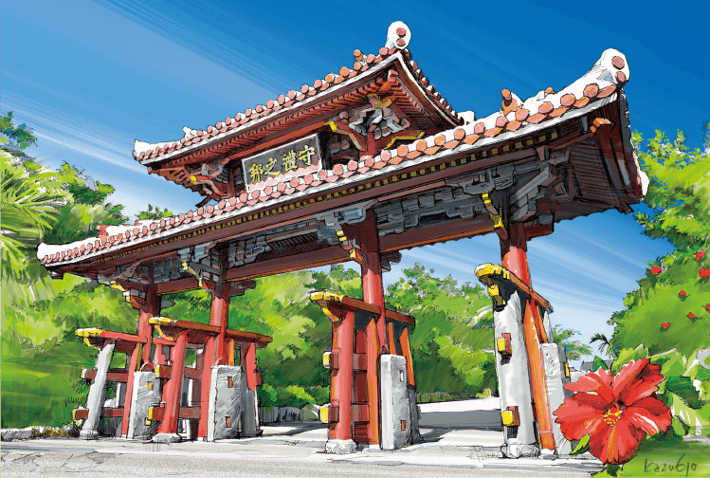
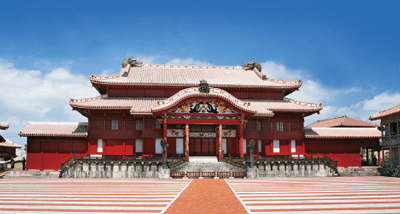
The Shuri-jo Castle main building restored to its original state prior to burning down in the Battle of Okinawa.
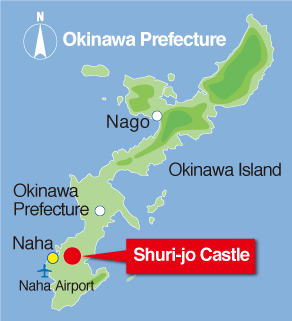
The Ryukyu Kingdom prospered as a center of politics, diplomacy, and culture for a period of 450 years starting in 1429, some 570 years ago. The area developed its own unique culture, impacted by both Japan and China, playing an important role in seaborne trade with Southeast Asia. Though the exact date the castle was built is unknown, Shuri-jo Castle was both the residence of the king and at the same time the seat of the Ryukyu Kingdom government as of 1429, when the Ryukyu Kingdom was unified. Though there are many gates, at present the Shuri-jo Castle is entered by way of the Shureimon Gate. This type of gate (otemon) services as the entrance gate to Japanese castles. An inscription on the Shureimon Gate refers to a statement by the Emperor of China that Ryukyu was a "kingdom that observed etiquette." Featuring a unique blend of Japanese and Chinese construction styles and stone arrangement technologies, Shuri-jo Castle is known for its cultural and historic value. Nine sites on Okinawa Prefecture, including the ruins of Shuri-jo Castle, were registered as Japan's 11th World Heritage Site in December 2000.
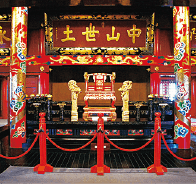
Restored throne in the main building
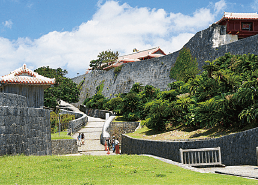
Inside Shuri-jo Castle, surrounded by walls on a hill
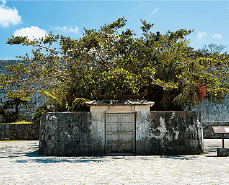
Shuri sacred grove, in the center of Shimo-no-Oniwa (garden)






